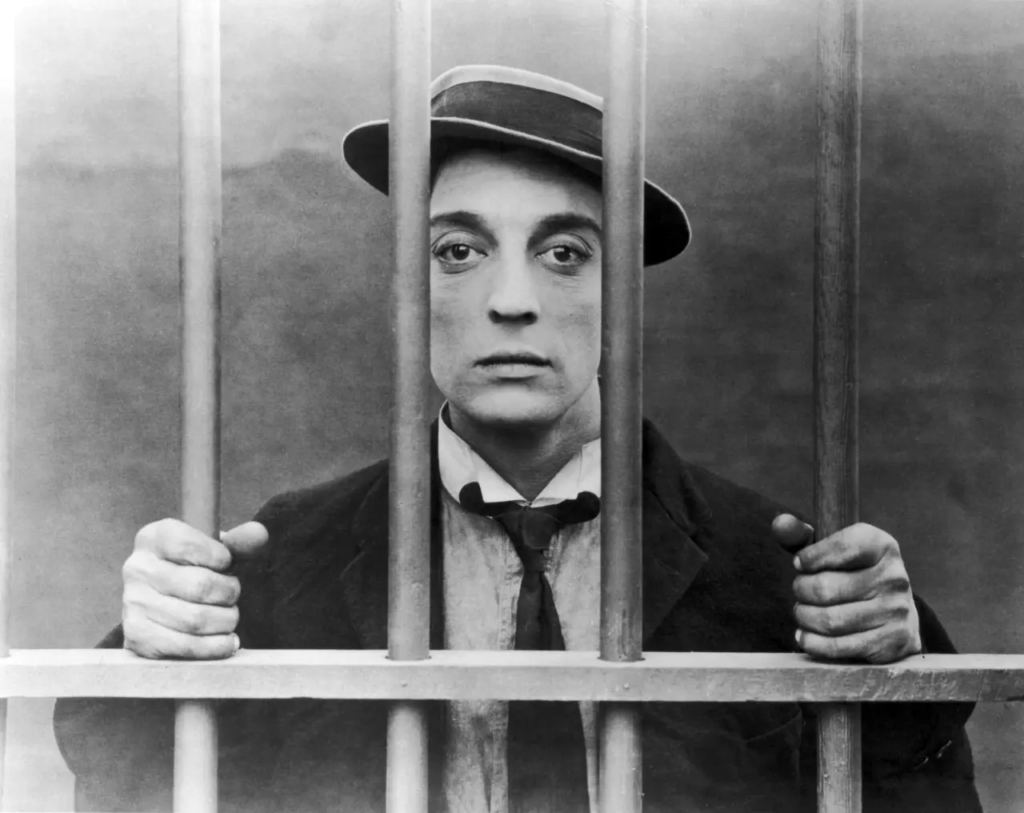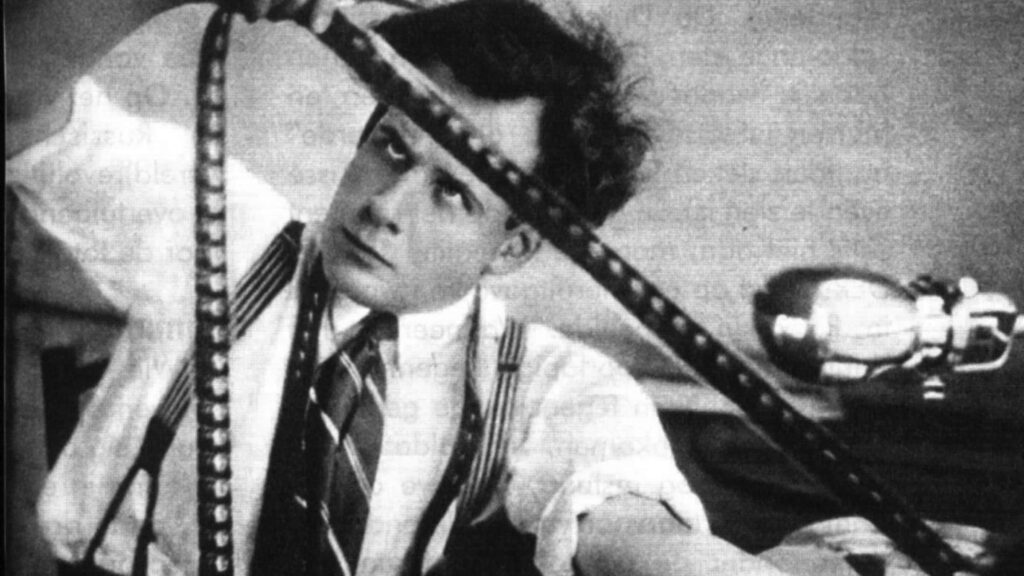Parallel Cinema emerged as a movement that sought to reflect the social, economic, and political realities, portraying the lives and struggles of ordinary people. Filmmakers like Satyajit Ray and Shyam Benegal brought a new sensibility to Indian cinema, aiming to create meaningful and thought-provoking works of art. Parallel Cinema challenged the conventions of mainstream Indian cinema and provided a platform for independent and socially conscious filmmakers. It delved into issues like poverty, class divide, gender inequality, and cultural traditions, highlighting social issues and marginalized voices. These films emphasized strong character development and nuanced performances, often featuring talented actors who were less focused on star power and more committed to portraying complex and authentic characters.
Parallel cinema often had smaller budgets compared to mainstream Bollywood productions. Filmmakers relied on independent production houses, government grants, and international funding to bring their projects to life.
While mainstream cinema continued to be the popular and commercially viable form of cinema in India, Parallel cinema has played a crucial role in shaping the landscape of Indian cinema, providing a platform for meaningful storytelling and artistic expression.
Some of the popular movies that came out of the Parallel cinema are:
- Pather Panchali (1955) directed by Satyajit Ray
- Ankur (1974) directed by Shyam Benegal





